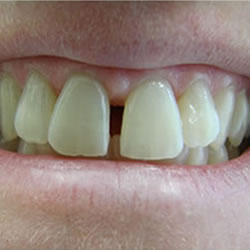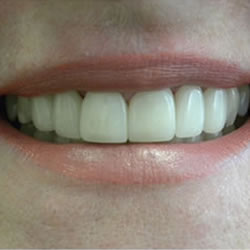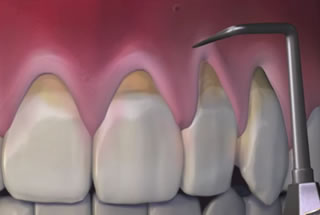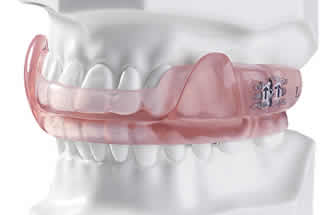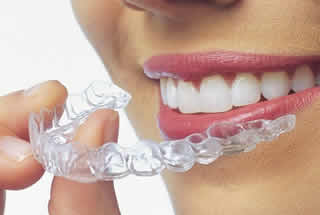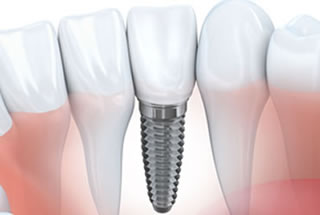When you have a cavity, your dentist will have to remove the decay and repair the tooth with a filling. For years, the only option for tooth restorations was amalgam, or metal, fillings. These fillings stabilized the tooth and were relatively inexpensive and easy for dental practitioners to use. Currently, many dentists have started choosing composite fillings instead.
Amalgam fillings contain several different metals, but they are over 50 percent mercury, a potentially toxic material. Normal chewing and grinding can release some amount of the chemical into your system. Overexposure to mercury can lead to problems such as kidney dysfunction, neurological impairment, birth defects, and other serious issues. The FDA still considers amalgam fillings a safe option for tooth repair.
Tooth-colored fillings offer several advantages to amalgam fillings. With metal-free fillings, your dentist can remove less of the healthy tooth structure, which protects the tooth’s strength. All-white restorations create an natural-looking repair whereas amalgams turn dark over time and then stand out in your mostly white smile. Though metal fillings can leak or crack from normal wear and tear, all-white fillings bond to the tooth and form a solid surface.
Usually, our Etobicoke dentist can fill your cavity in one appointment. The doctor will remove the decayed area and clean the remaining tooth surface. Then, he or she will tint the composite material and fill in the tooth. A curing light will harden the new filling, and the dentist will polish the tooth to finish the process.
If you live in the Etobicoke, contact us today

 E-Mail Us
E-Mail Us  416-595-5490
416-595-5490